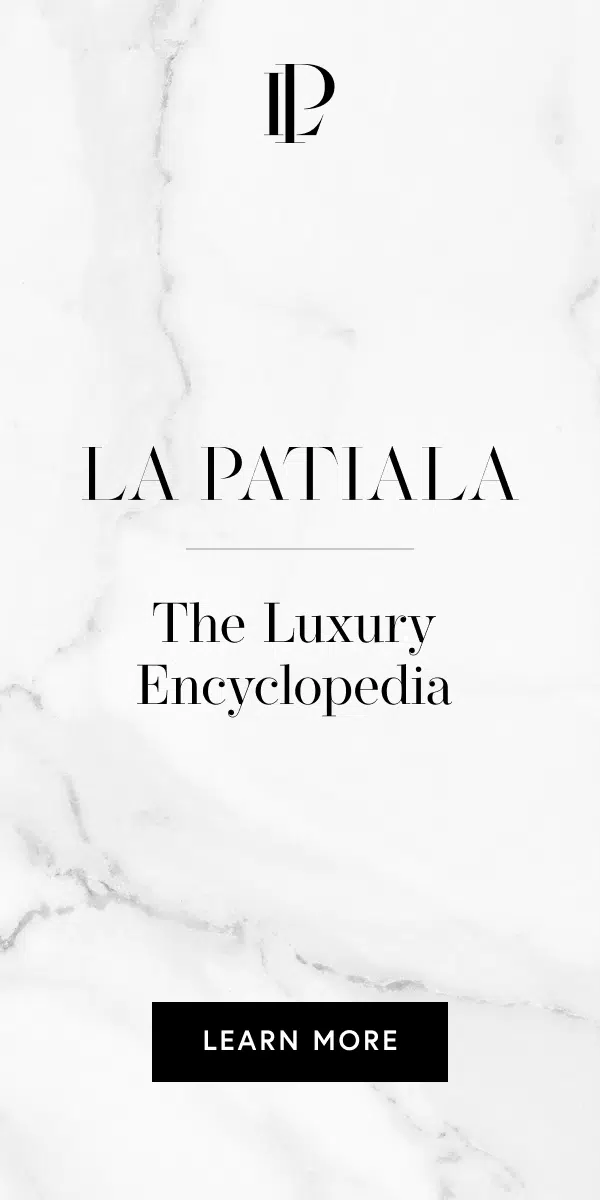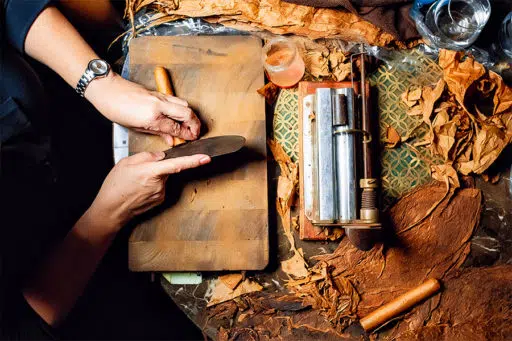The History of Cigars
Discover the history of cigars, from their beginnings as a part of religious rituals to their modern-day popularity around the world.
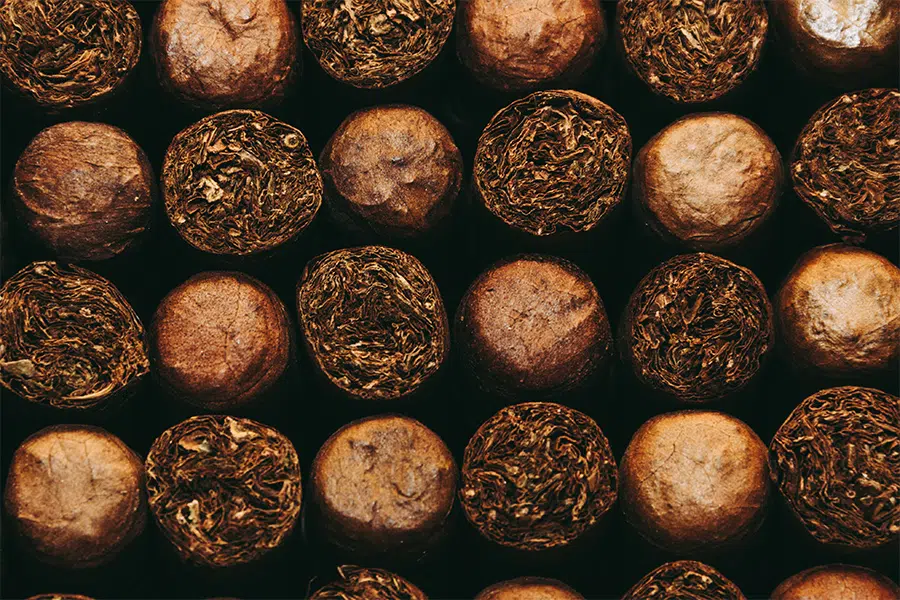
For more than 500 years, cigars, cigares, Zigarren, charutos, シガー, 雪茄 — in any language — have been the pleasure and passionate pursuit of kings, princes, dukes, and their stewards; industrial magnates and their valets; Michelin-starred chefs and their sous-chefs; beat cops; fishmongers; and most everyone in between.
“Son, bring me the firefly of the night. Its odor shall pass to the north and to the west.
Bring with it the beckoning tongue of the jaguar.”
Book of the Chilam Balam (Jaguar Priest) of the Chumayel (Yucatec-Maya)
Cigars, like wine, beer, brandy, Chartreuse, and many of the world’s great pleasures, have their origins in religion. The Mayan, like most Mesoamerican peoples, smoked tobacco as part of their religious rituals (in addition to developing a written language, a 365-day annual calendar, and vegetable cultivation — no slackers, they). Artifacts from the period portray both nobles and Mayan deities puffing away. Their verb for smoking, sikar, would eventually be co-opted by the Spanish into a noun, cigarro.
Nor were the Mayans alone in their enjoyment of smoking. From tribes in Mexico and North America puffing on pipes to the Aztecs setting fire to tobacco-stuffed reeds, the pursuit was enjoyed by a broad swath of cultures in the Americas.
Of course, as we all know, in fourteen hundred ninety-two, Columbus sailed the ocean blue. After a five-week journey from the Canary Islands — one encompassing epic waves and vast distances — the explorer’s crewmen dropped anchor within sight of the Bahamas. From there, it was another 16 days of sailing before they arrived off the coast of Cuba on October 28, 1492.
Once ashore, two of the explorers, Luis de Torres (also known by his Hebraic name, Yosef ben HaLevi HaIvri) and Rodrigo de Jerez, came upon an unusual sight. The indigenous inhabitants were puffing away at lit “catapults” (most likely rolled plant leaves) stuffed with tobacco, or, as the locals called it, cojoba (alt. cohiba). These were the Taíno people, who inhabited not only Cuba but also Hispaniola (modern-day Haiti and the Dominican Republic). One can imagine how the Spaniards, doubtlessly stressed from the most cramped and terrifying Atlantic crossing prior to the invention of the 777 and basic economy class, responded to the sight of people calmly drinking smoke: “We’d like some of that. Now. Please.”
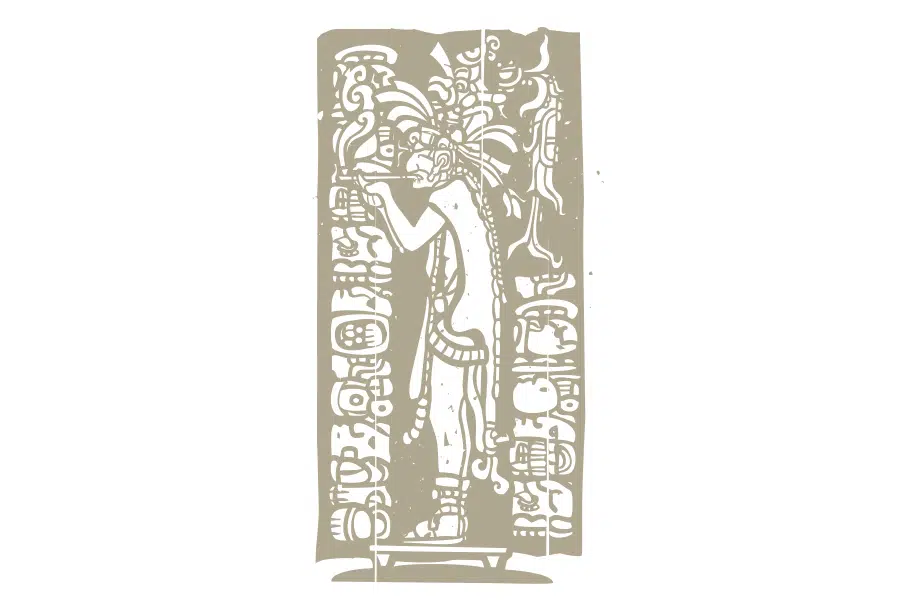
The Taíno were representative of most Mesoamerican civilizations that had been smoking tobacco in shamanistic rituals for thousands of years before European exploration. Some archeological anthropologists now believe — after a recent discovery in Great Salt Lake Desert, Utah, by Henderson, Nevada-based Far Western Anthropological Research Group director Daron Duke and his team — that the practice actually goes back to the Stone Age, as far as 10,000 BC — some 11,500 years before Columbus & Crew came ashore.
One group of historians credits Hernán Cortés with bringing the first tobacco seeds back to Spain in 1518. The Portuguese and Dutch argue that their own heroes were the first to import the plant. Another good story has colonist-poet-adventurer Sir Walter Raleigh introducing tobacco to Jolly Olde England, although chances are better that it came across the English Channel from France after ambassador Jean Nicot brought the plant there from Portugal. While tobacco started as a medicinal cure (Nicot wrote in 1573 that the plant, which he named Nicotiana, was “an herb of marvelous virtue against all wounds, ulcers, noli me tangere, herpes and other such like things”), smoking it evolved into a pastime of note among the French and Spanish. It spread from there to other European nations that were endlessly fascinated by novelty. Catherine de Medici, for example, insisted tobacco be called Herba Regina, the “queen’s herb.”
The History of Cigars in Cuba
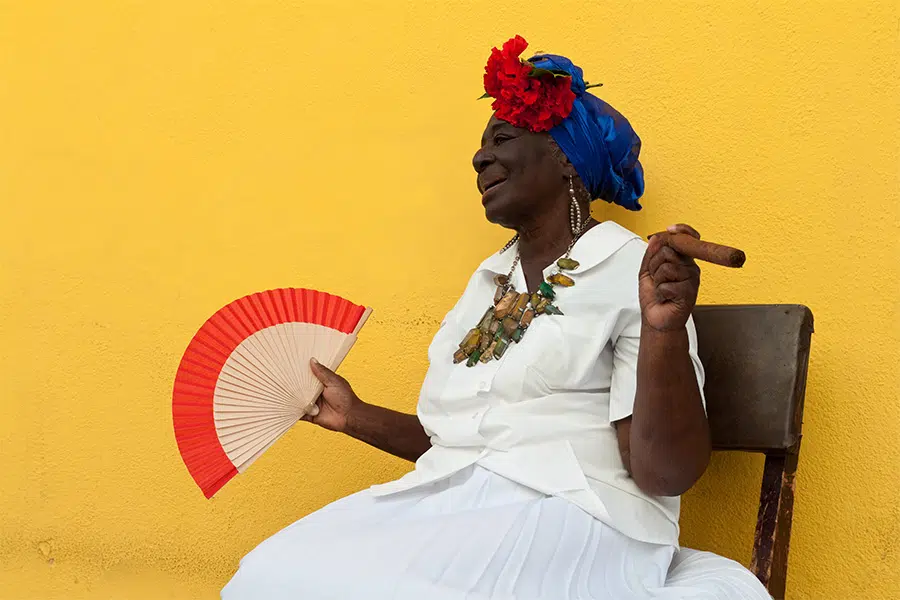
The historic epicenter of the cigar industry is inarguably Havana, Cuba. And the sum of the 19th century was the beginning of Cuba’s moment in the sun, cigar-wise. In 1821, by decree of King Ferdinand VII of Spain, who was Cuba’s colonial overlord, Cubans were allowed to not only cultivate tobacco, but also manufacture fully rolled cigars for export. This turned the island into a production powerhouse.
The first chronicled independent cigar brand predates Ferdinand’s proclamation, though. Cabañas was established by Sr. Francisco Cabañas in 1810 (some say 1797), a time (in either instance) when the Spanish crown prohibited commercial cigar production. The founding date aside, what isn’t in dispute is the date that Cabañas discontinued production: 1962. This followed the Cuban Revolution and nationalization of the Cuban cigar trade, when many pre-Revolution brands went the way of the dodo bird. Cabañas was briefly brought back by Empresa Cubana del Tabaco (the Cuban state tobacco entity, also known as Cubatabaco) in 1989 as a machine-made range until 2004-2005, when it was phased out of production, presumably for good. Since 2019 a handmade Nicaraguan incarnation has been crafted by the cult cigar maker My Father Cigars by Don Pepín Garcia, which also makes the non-Cuban version of the heritage Cuban label Fonseca.
After Cabañas, the proverbial floodgates opened, and many of the most noteworthy, venerable, and pioneering marcas (brands) that still dominate the market today were rolled out: Partagás (circa 1827; the famed Partagás factory was built in 1845 and is the date most often associated with the brand), Por Larrañaga (1834), Ramón Allones (late 1830s), Punch (1840), H. Upmann (1844), Hoyo de Monterrey (1865), Romeo y Julieta (1873), and La Gloria Cubana (1885).
The History of Cigars in Jamaica, the Dominican Republic, and Nicaragua
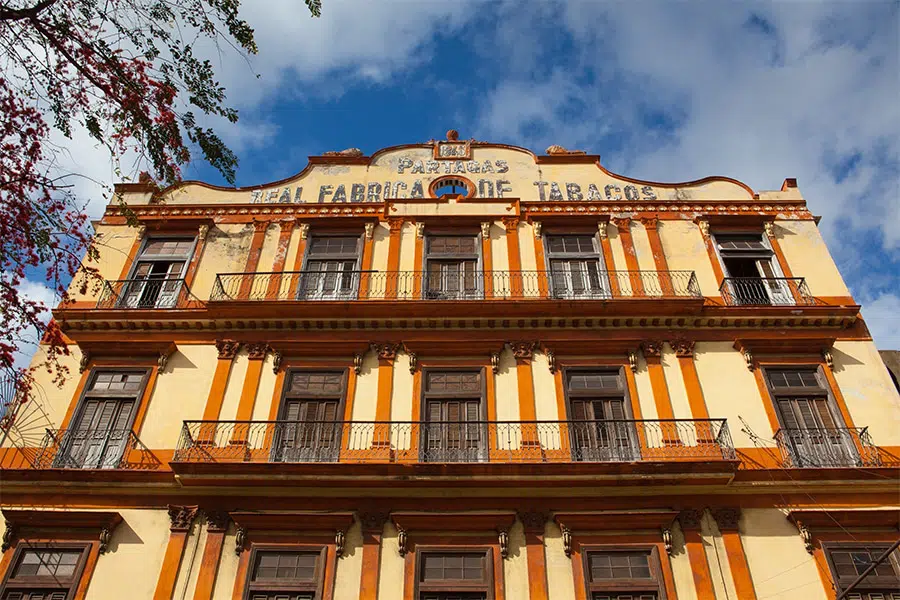
Cigar tobacco wasn’t commercially cultivated in Jamaica until the Reconstruction Era, when, in 1868, Cubans fled their island for Jamaica during the Ten Years’ War (the Guerra de los Diez Años, waged from 1868 to 1878), the first liberation conflict between Cuban colonists and Spain. It was during this time that the Temple Hall brand (which is still handmade today) came to be in 1876. “Jamaica has this legacy, this history of making good cigars,” noted Edgar M. Cullman Jr., former CEO of General Cigar Co. “During the late 1960s and early ’70s Jamaica was the premier place for making cigars in the Caribbean — outside of Cuba, of course.”
The Cullman family purchased the Kingston-based Temple Hall factory in 1969 and created the Macanudo brand there, as well as the non-Cuban iteration of Partagás (the latter under the watchful eye of master cigar maker Ramon Cifuentes, whose family owned the Partagás factory in Havana until the Castro regime seized it in 1959). The Temple Hall factory was shuttered in 2000, and, lamentably, the brand is now made without Jamaican tobaccos at General Cigar Dominicana in Santiago, Dominican Republic.
The best-known Mexican premium tobacco grower and cigar maker, the Turrent family (now six generations in), got started along the Sierra de Los Tuxtlas, a volcanic belt and mountain range along the southeastern Veracruz Gulf Coast in eastern Mexico in 1880, approximately the same time Jamaica got going. The oldest Dominican cigar-brand factory, La Aurora, was founded in 1903. In Nicaragua, the first premium cigar company and brand, Joya de Nicaragua, wasn’t established until 1968 (though tobacco was cultivated in that Central American country previously).
The History of Cigars in the United States
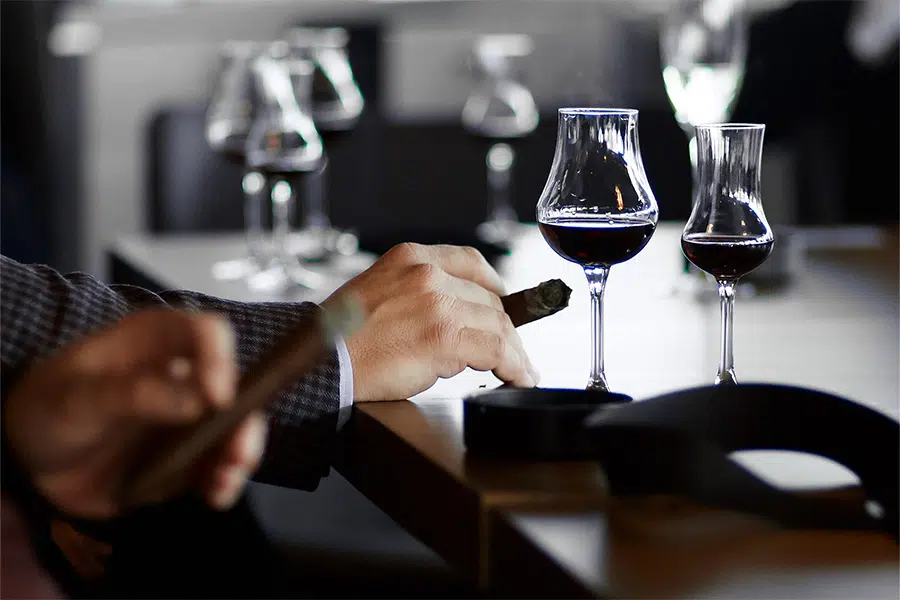
As for the United States, well, like all historic tobacco narratives, the story begins with precolonial indigenous cultures. The “River Indians” of Connecticut (encompassing a number of tribes, including the Mohegan, Pequot, Podunk, Wangunk, and Quinnipiac) smoked and farmed tobacco in the Connecticut River Valley well before the arrival of the European settlers. As of today, Heritage U.S. Connecticut-seed shade and Broadleaf tobaccos have been commercially cultivated for more than 120 years in the sandy loam microclimate soils of the Housatonic River and Connecticut River Valleys that stretch up through Massachusetts to the Vermont border. These remain some of the most coveted tobacco varieties in the world.
And there were factories — many. While most cigar enthusiasts accurately associate heritage cigar factories and brands with Cuban cigars, they’re wrong to presume that the 19th-century cigar juggernaut came to an abrupt halt at the Tropic of Cancer. It didn’t.
Tampa, Florida, for example, was once home to a high concentration of quality cigar makers. By the late 1800s into the first decade of the 20th century, Tampa’s Ybor City district was the by-hand cigar-making capital of the world. Roughly 500 million were rolled there annually at 200 factories employing an estimated 10,000 rollers. (Today, by contrast, only one factory is operating in Tampa.)
Cigar making migrated effortlessly northwest to the Great Lakes (Chicago and Cleveland, in particular, had high concentrations of factories) and northeast to New York City. By 1895, more than 40,000 cigar makers were in the United States, a number that would double within a decade. (To be precise, most of these were small drugstore-type mom-and-pop shops that rolled cigars and sold them straightaway, with no aging, but not all of them.) All told, these factories, big and small, represented roughly 300,000 cigar brands.
What one can deduce from all this, of course, is that cigars flourished from the Victorian era and the Belle Époque up through the first third of the 1970s — a respectable century-and-a-half run. But by 1973, cigar sales had begun to sink, a decline both steady and conspicuous. However, something extraordinary and rather unexpected occurred in the early 1990s: a renaissance, of sorts, now known as the ’90s cigar boom. This, in turn, propelled a genuine zeitgeist of cigar and cocktail culture, as well as “mystery bars” (modern so-called speakeasies).
Amid this new landscape cropped up a fresh contemporary breed of cigars and cigar makers — as well as related accessories — that continue to inject vitality into a recently stale industry. The global (but predominantly American-led) ’90s boom began to wane in 1998-1999, but cigars have enjoyed (typically modest) cyclical resurgences ever since.
The American premium cigar market is, at the moment, enjoying a significant uptick — a resurgence that is perhaps one of the pandemic’s few silver linings. As was the case with wine and spirits consumption, premium and ultra-premium cigar imports skyrocketed in the second half of 2020, a trend that has continued into 2022, with sales recalling the halcyon days of the ’90s. The result is that blends, quality, and availability of premium, handmade long-filler cigars (“long-filler,” tripa in Spanish, refers to cigars in which whole tobacco leaves are used in the rolling process) have reached a point unrivaled in history.
The Great Cigar Schism
Any account of the recent history of cigars must note two things that affected the cigar world more than any other, so seismic that they reverberate today: the Cuban Revolution and the subsequent U.S. trade embargo.
This, too, is an article unto itself — a book, actually — but suffice to say, the result was the cigar industry’s split between Cuban cigars, commonly called Havanas, and non-Cuban cigars (the latter of which the British inaccurately refer to as “New World Cigars,” an erroneous term on many levels). This split resonates throughout the cigar trade, among cigar connoisseurs, and even in the world of cigar accessories. The only remotely comparable split would be that between French and California wines, but, in truth, even that doesn’t come close. The cigar split is more redolent of the political chasm between the U.S. and China (or, certainly, Cuba).

